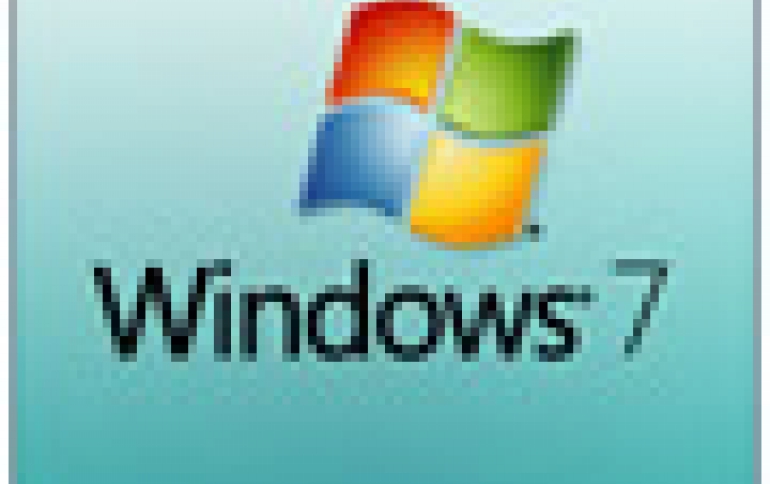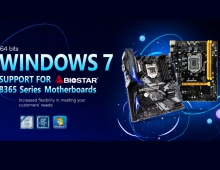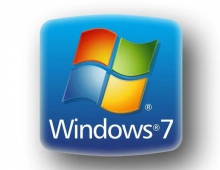
Windows 7 Anti-piracy Options
Windows 7 will deploy new ways to protect users from software piracy and ensure that Microsoft?s intellectual property rights are respected, Microsoft says.
Joe Williams, general manager, Worldwide Genuine Windows at Microsoft, said that the the customer?s experience of product activation and validation in Windows 7 are built off of the company's Software Protection Platform that they introduced with Windows Vista.
"We had two primary goals: first, to enable Windows to protect itself by detecting when attempts have been made to circumvent or tamper with the built-in product activation technology; and second, to improve the experience of activating by focusing on enabling the customer to activate the product easily and, when necessary, to understand and resolve any issues they might face," Williams said.
Microsoft believes that the technology they designed for Windows Vista allows Windows to better protect itself and be updated over time. Windows 7 includes the latest generation of this technology. For example, with Windows Vista Service Pack 1, if a PC was not activated during the login process, users would periodically see a dialog box as a visual reminder they still needed to activate their copy of Windows. Within this prompt, they could choose to activate immediately or later. But although the prompt grabbed their attention, they didn?t understand why they needed to activate immediately and that the delay was annoying. In Windows 7 Microsoft modified this process: When customers choose to activate later they will see a dialog box highlighting how activation helps them identify if their copy of Windows is genuine and be allowed to proceed immediately without a 15-second delay. In Windows 7 Microsoft has made changes so that users will see more informative notifications messages and be able to more easily complete the tasks they need to.
The process sounds very similar to what was done through Windows Genuine Advantage for Windows XP. "The guiding principle is to enable the customer to know when the software they are using is genuine and licensed and help them to do something about it if it?s not. However the technology used in Windows Vista and Windows 7 is fundamentally different from that used with Windows XP," Williams explained. "It consists of new code and the latest methods for protecting Windows in ways that can only really be achieved with the components that are built in to both Windows Vista and now Windows 7. For that reason the anti-piracy features in Windows 7 ? and future versions of updates of the technology for Windows Vista ? will be referred to more accurately as Windows Activation Technologies," he added.
Williams added that ensuring that customers know they have genuine software or when they might be victims of software piracy is just as much a priority now as ever.
"In fact, in the last few days we?ve seen reports of illegitimate distributions of the release candidate of our latest Windows operating system, Windows 7, being offered in a way that is designed to infect a customer?s PC with malware. This is why it?s so important for customers to get their copies of Windows from a trusted source," Williams said.
"We had two primary goals: first, to enable Windows to protect itself by detecting when attempts have been made to circumvent or tamper with the built-in product activation technology; and second, to improve the experience of activating by focusing on enabling the customer to activate the product easily and, when necessary, to understand and resolve any issues they might face," Williams said.
Microsoft believes that the technology they designed for Windows Vista allows Windows to better protect itself and be updated over time. Windows 7 includes the latest generation of this technology. For example, with Windows Vista Service Pack 1, if a PC was not activated during the login process, users would periodically see a dialog box as a visual reminder they still needed to activate their copy of Windows. Within this prompt, they could choose to activate immediately or later. But although the prompt grabbed their attention, they didn?t understand why they needed to activate immediately and that the delay was annoying. In Windows 7 Microsoft modified this process: When customers choose to activate later they will see a dialog box highlighting how activation helps them identify if their copy of Windows is genuine and be allowed to proceed immediately without a 15-second delay. In Windows 7 Microsoft has made changes so that users will see more informative notifications messages and be able to more easily complete the tasks they need to.
The process sounds very similar to what was done through Windows Genuine Advantage for Windows XP. "The guiding principle is to enable the customer to know when the software they are using is genuine and licensed and help them to do something about it if it?s not. However the technology used in Windows Vista and Windows 7 is fundamentally different from that used with Windows XP," Williams explained. "It consists of new code and the latest methods for protecting Windows in ways that can only really be achieved with the components that are built in to both Windows Vista and now Windows 7. For that reason the anti-piracy features in Windows 7 ? and future versions of updates of the technology for Windows Vista ? will be referred to more accurately as Windows Activation Technologies," he added.
Williams added that ensuring that customers know they have genuine software or when they might be victims of software piracy is just as much a priority now as ever.
"In fact, in the last few days we?ve seen reports of illegitimate distributions of the release candidate of our latest Windows operating system, Windows 7, being offered in a way that is designed to infect a customer?s PC with malware. This is why it?s so important for customers to get their copies of Windows from a trusted source," Williams said.




















